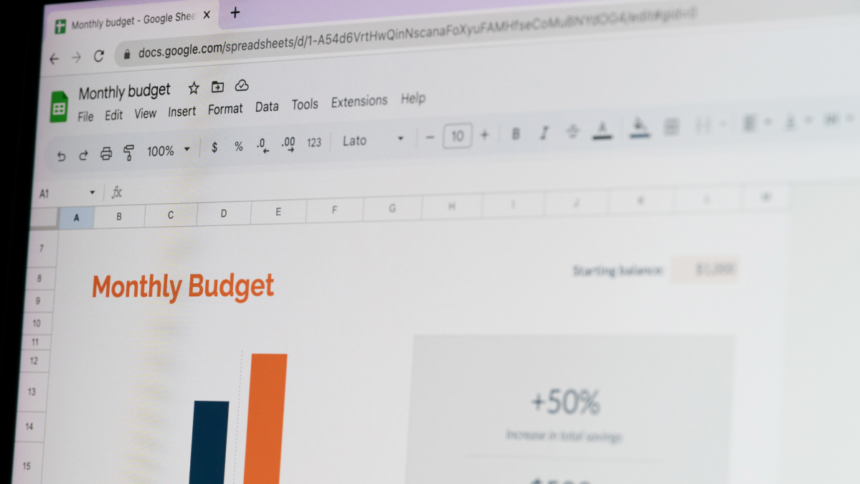Transform Financial Anxiety into Action: A New Approach
Many people face daunting financial tasks that can lead to anxiety. This includes activities such as checking a high credit card balance after excessive spending, confronting a medical bill, or navigating the complexities of retirement account settings. Enter the concept of Scary Hour, a rising productivity trend that aims to convert financial fears into proactive steps.
Understanding Scary Hour
This innovative idea is refreshingly straightforward: dedicate an hour to address those financial tasks you’ve been postponing out of apprehension. While this term is gaining traction on platforms like TikTok, it represents a modern take on traditional time management methods. The unique aspect of naming this hour is that it validates the fear associated with these tasks, acknowledging that it’s completely normal to feel that way.
Adopting the Financial Scary Hour
Implementing Scary Hour for financial matters became essential after recognizing a backlog of tasks I had been putting off. Here’s how this hour is structured:
-
It is scheduled for Tuesday mornings, capitalizing on my peak energy levels at the start of the week.
-
I activate Do Not Disturb mode on my phone.
-
Enjoying a cup of a delightful ginger tea serves as a comforting reward.
-
A physical notepad is always at hand for jotting down actionable items.
-
I set a timer for precisely 60 minutes.
Activities During Scary Hour
In my initial session, I focused on immediate anxiety-inducing tasks:
-
Evaluating all account balances.
-
Categorizing last month’s various “miscellaneous” expenses.
-
Making a phone call to rectify an error I had been avoiding (I accidentally overpaid my credit card, resulting in a negative balance).
-
Calculating my actual monthly dining expenditures (yikes!).
Deeper financial planning tasks can also be addressed:
-
Revising and adjusting investment portfolios.
-
Comparing insurance quotes.
-
Reviewing employee benefits information.
-
Formulating debt repayment strategies.
-
Assessing spending habits in typically “daunting” categories.
Why This Method is Effective
The effectiveness of Scary Hour lies in its time constraints. Knowing there is only one hour to focus on these tasks makes them feel less overwhelming. Furthermore, setting a timer instills a sense of urgency, which can help break free from analysis paralysis, a common hurdle in financial decision-making.
Most importantly, this method creates a designated space for financial self-care. By making frightening tasks routine, anxiety diminishes, and these once-daunting tasks can transform into small victories. If aiming to convert vague financial worries into tangible actions, this method is perfect.
Advice for Your Own Scary Hour
Start with manageable tasks, such as cancelling unnecessary subscriptions, making a long-avoided phone call, checking the balance of an unattended account, or organizing vital financial documentation.
These small steps can generate momentum. As confidence grows, consider tackling larger items like developing a new budget, consolidating debts, or exploring estate planning.
Sustain this practice by maintaining a running list of tasks for upcoming Scary Hours. Celebrate even the minor accomplishments and be lenient with yourself if a week is skipped. Real growth occurs outside of Scary Hour; facing financial concerns consistently in a structured environment may ultimately make managing money less intimidating. Quicker financial decisions, increased confidence in financial discussions, and reduced anxiety surrounding daily financial management are possible results.
Conclusion
Financial matters need not be a source of fear. By devoting just one hour a week to confronting financial apprehensions, anxiety can be transformed into proactive action. The aim is not to erase financial stress entirely but to cultivate the confidence to navigate it effectively.
Initiate your own Financial Scary Hour this week; future you will appreciate the courage taken to face these fears, one hour at a time.












